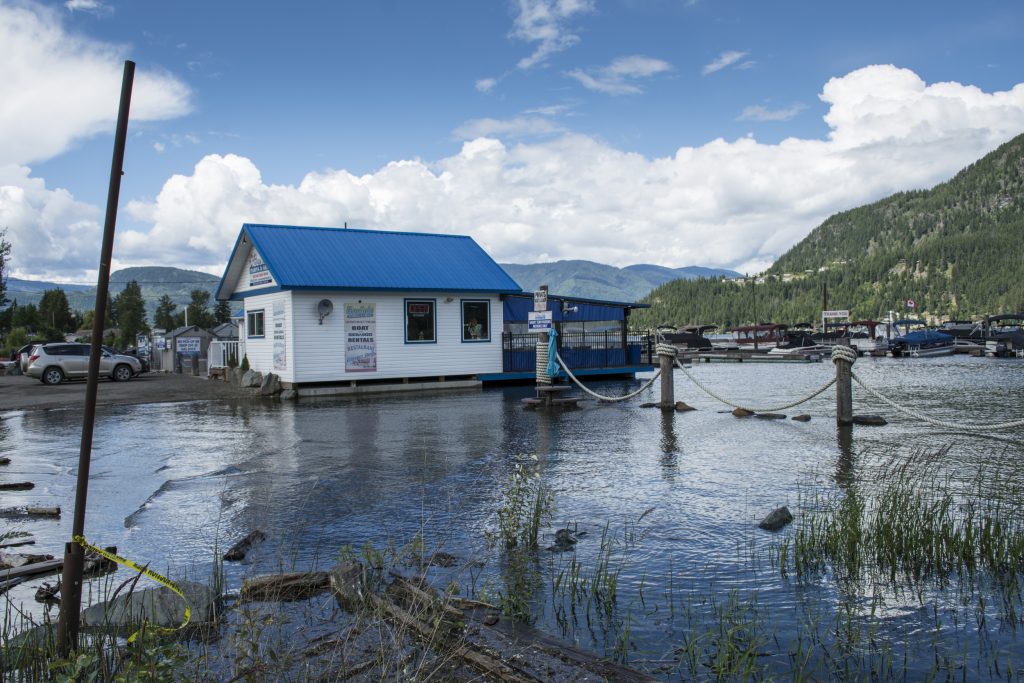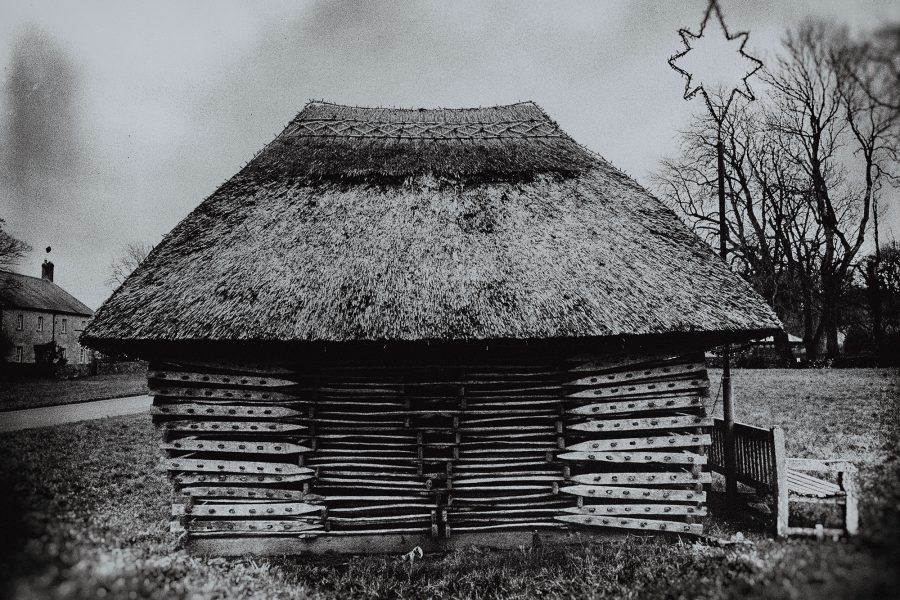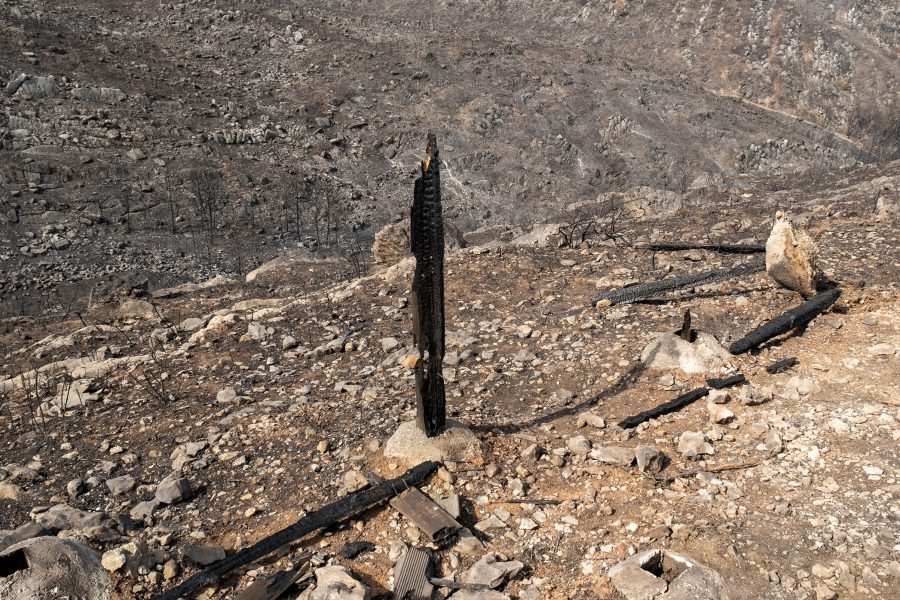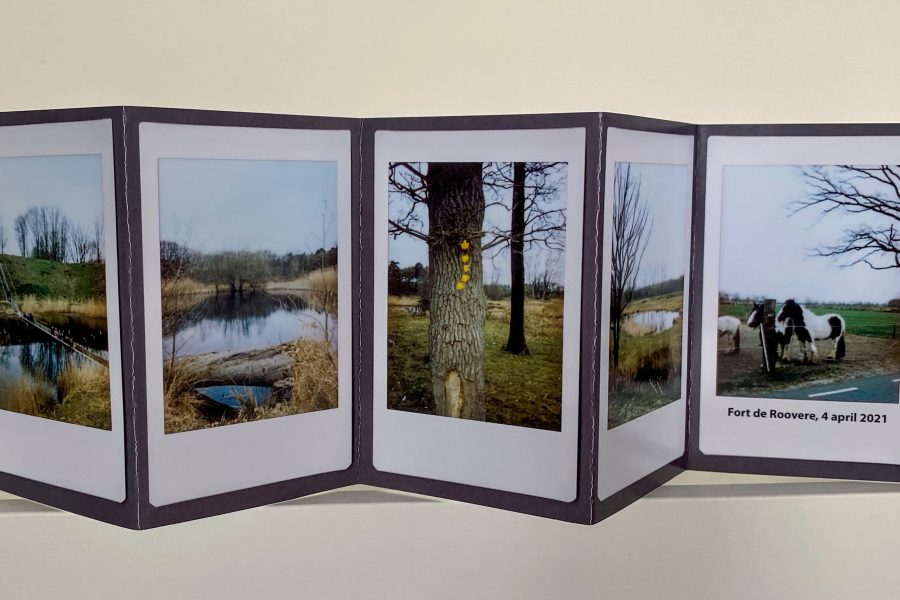Shutter Hub member Lynda Kuit was born in South Africa and emigrated to Canada in 1996 with her husband and two sons, a few suitcases and some boxes containing her precious memories, i.e. all her photographs.
She started taking photographs at the age of seven when she was given a Kodak Brownie Starlite camera for her birthday. But the photography bug only really bit when the Winter Olympics came to Vancouver. Working in the post-secondary education sector, Lynda met many international students and became interested in their own culture shock experiences. Her work is informed by issues surrounding immigration, identity, memory and language. She uses archival images, photomontages and landscape images to explore forgotten histories in the area where she now resides. She is currently completing her final year of a BA (Hons) Photography degree with the Open College of the Arts in the UK. She was privileged to exhibit a selection of Shuswap Lake Tales images at the Séwllkwe Group Exhibition at the Salmon Arm Arts Centre in Salmon Arm, Canada and also at The Glasgow Gallery of Photography’s End of Year exhibitions during December 2022.
My interest and fascination with latent history originated from a project I did during my HE5 level at the Open College of the Arts, where I examined certain Western historical buildings in an area close to where I now live. This caused me to pause and consider what makes up the social history of a place and question how local knowledge has changed.
The Shuswap Lake in the province of British Columbia, Canada has a shoreline circumference of over 1,000 kilometres with various small communities scattered around it. The population ranges from 87 in the smallest community to 17,706 in the largest. The landscape surrounding the lake mainly consists of dense forests and is largely untamed. It is a landscape that has experienced three short-lived gold rushes, meriting scant mention in history books and tracings of miners’ log cabins can be found deep in the forests. Paddleboat ferries used to transport people and goods across the lake; today automobiles make the journey along the Trans-Canada Highway on the southern side or on dirt roads on the north shore. Even so, some areas are impossible to reach during the winter as the roads are unnavigable due to snowpacks. The Canadian Pacific trains no longer stop to pick up passengers at the stations along the southern side of the lake. Instead, they pass right by with their 80+ cars in length carrying goods to and from Asia. It’s a space that has hidden conscription dodgers since World War I through the Vietnam War, necessitating those men to learn to live off the land in hostile terrain. As the gold rush dwindled, settlers turned to farming. These communities settled with many hopes and dreams, some envisioning their community as becoming the greatest summer resort along the Canadian Pacific rail line.
I am interested in this space and the latent history of the immigrant settlers and homesteaders who chose to live in this beautiful yet harsh terrain. The images in my project follow the shoreline route that I traversed to explore the lake (by road and boat). The landscape and communities are so different from my native South Africa with its wide-open spaces. I hint at the physical transformations of the Shuswap landscape as it changes seasonally as well as the passage of time through my photomontages.
I interviewed three lovely ladies, all direct descendants of the original homesteaders who entertained me with enthralling stories about the life their great-grandparents, parents and even themselves lived. They also provided precious archival images of their ancestors to use in this project.
By using archival images provided by the settlers’ and homesteaders’ descendants juxtaposed with my own landscape images I reflect on a past that doesn’t feature in history books. I feel it is important in this era, where emphasis seems to be in tearing down statutes and erasing the past, that we actually take time to look beyond the depths of institutionalised collective histories and discover those stories that didn’t make it into the history book. The work takes on the form of an ongoing visual conversation between the original homesteaders, their descendants, myself and ultimately the future reader of this work that ties the present to the past. Just as the landscape is made up of layers, so too are our own memories and histories.

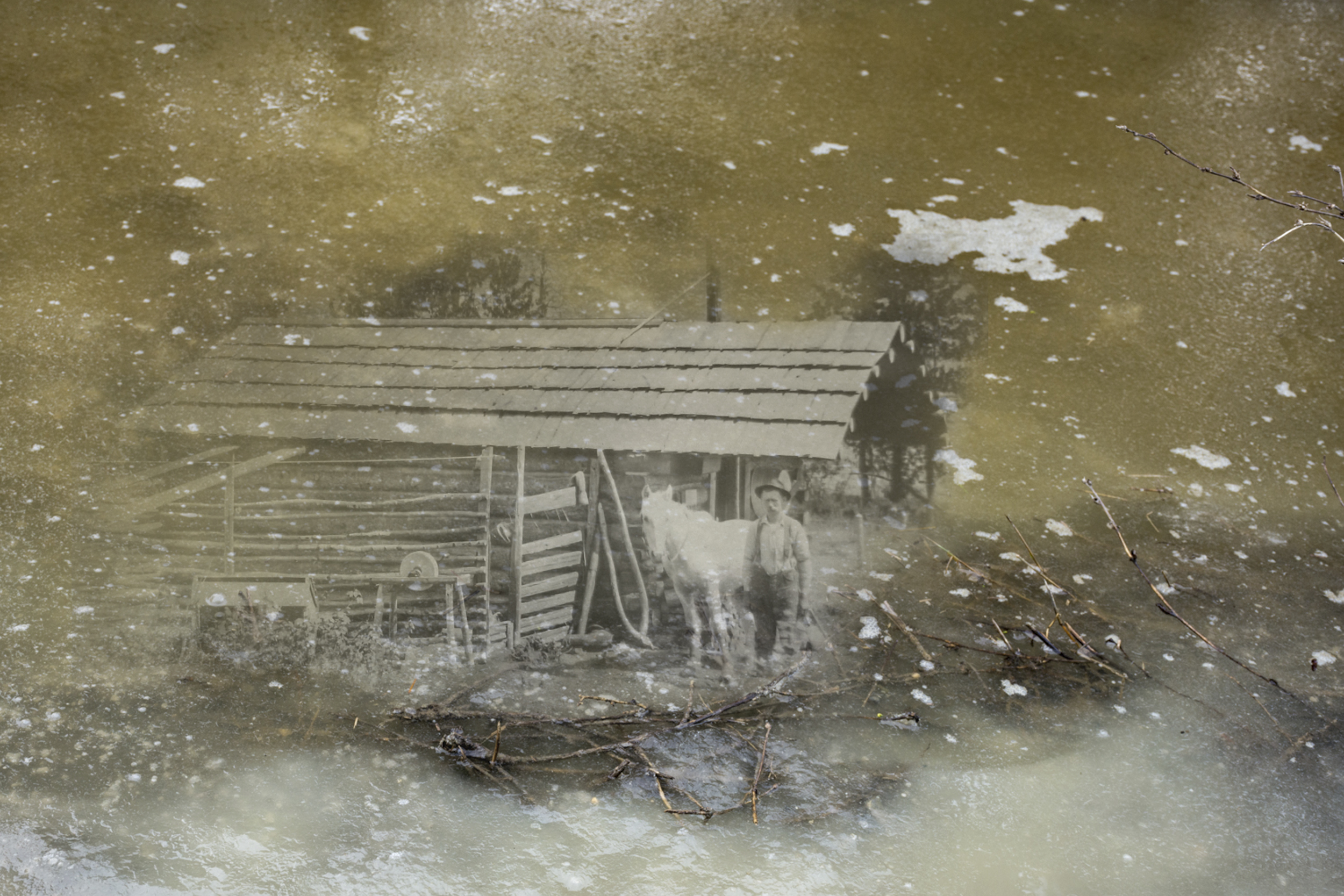
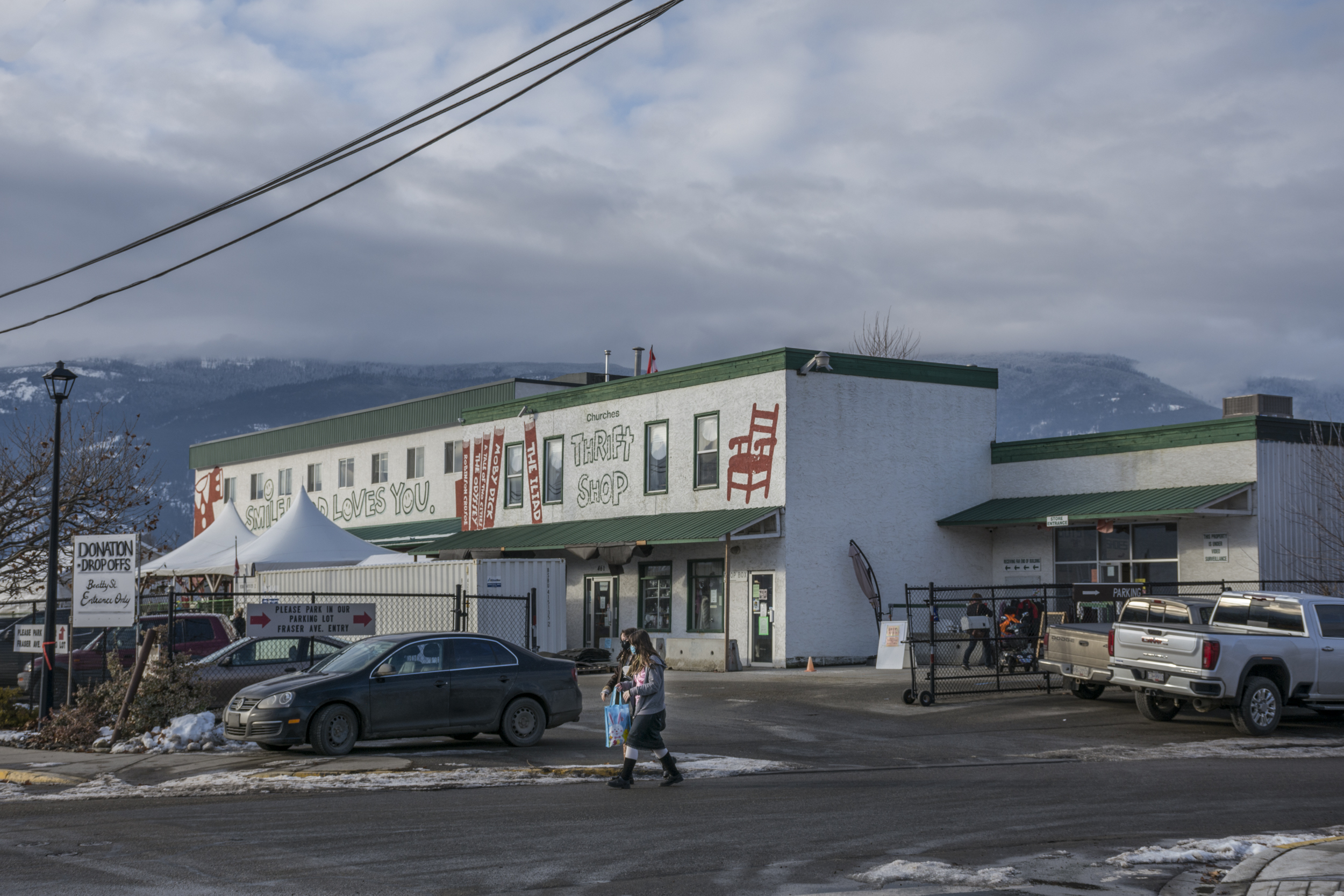
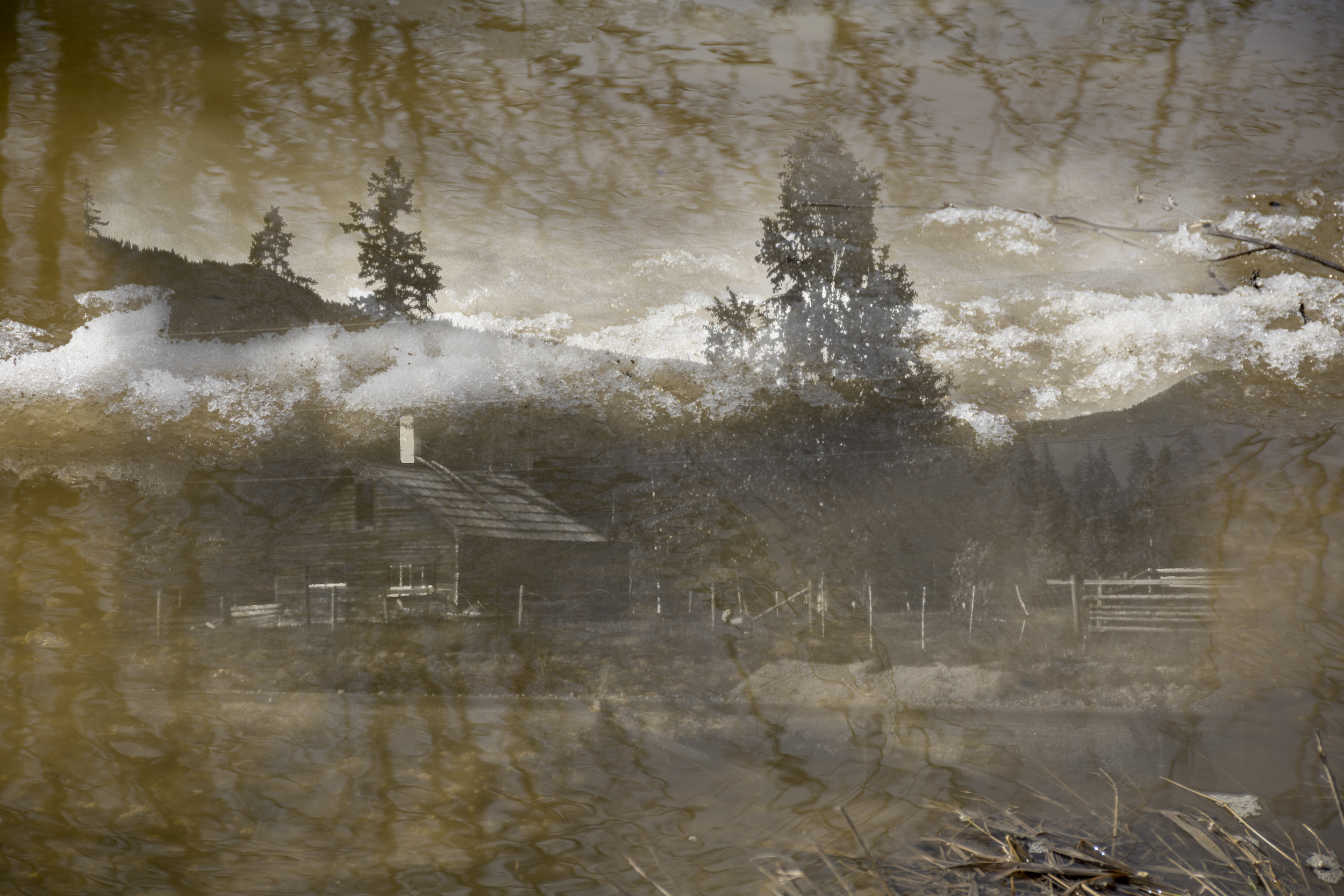
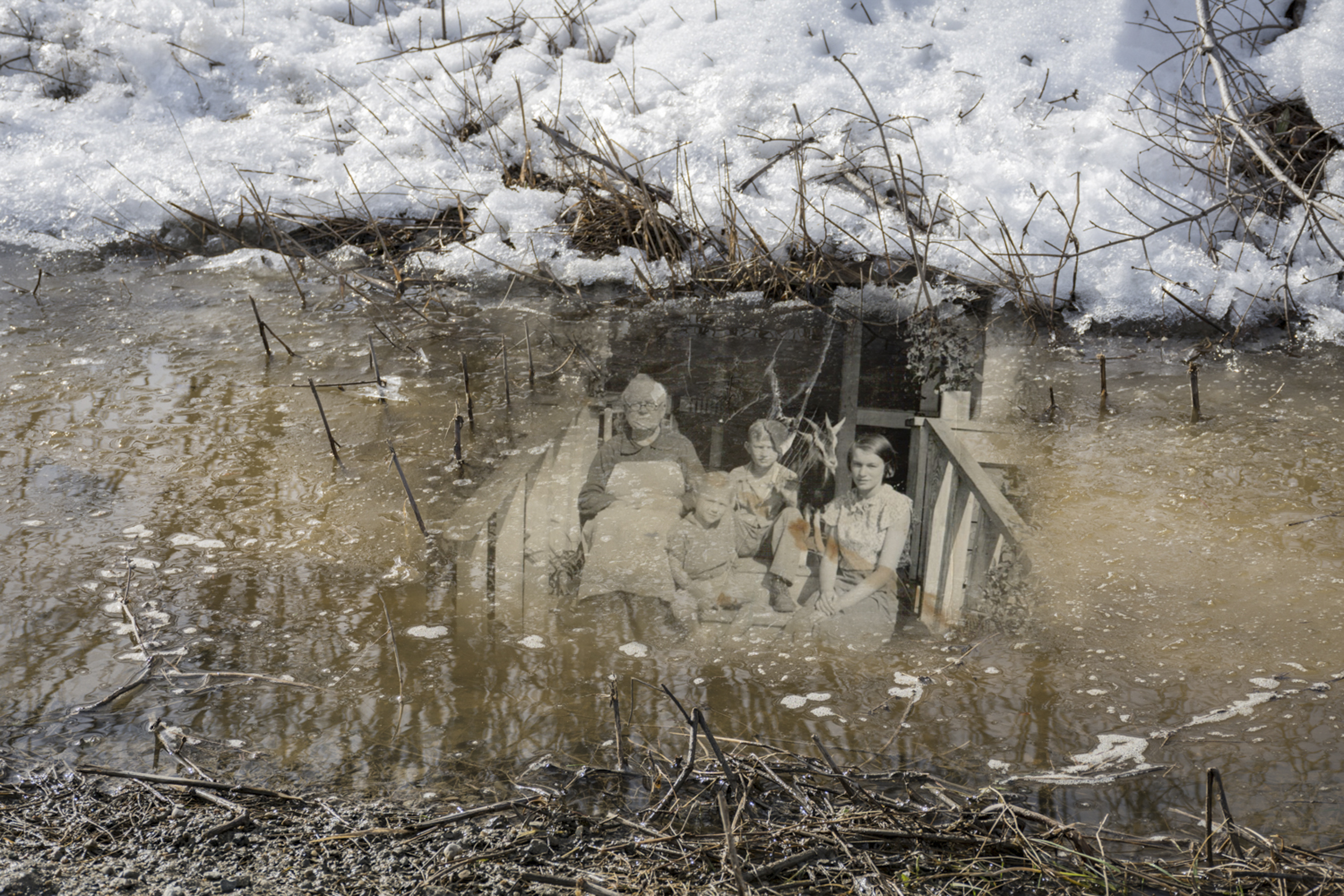
The plan is to turn this project into a book and I would really welcome input and advice from anyone who can help me take this to the next level. Although I do have an idea how I’d like the book to look, I’m open to collaboration and new ideas.
To find out more about Lynda’s work, visit her website here.
Join the Shutter Hub community by subscribing to our mailing list for all our photography news and opportunities, direct to your inbox. Got any questions? Email us here.
